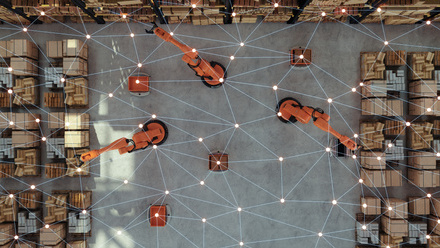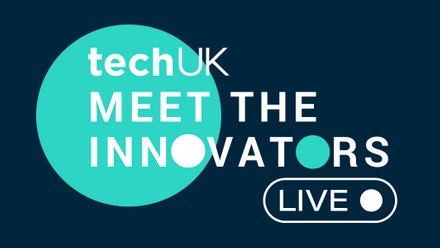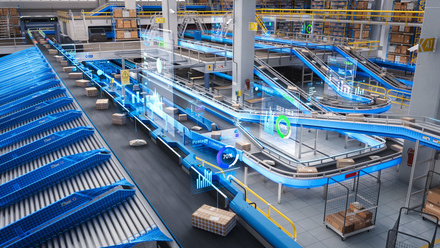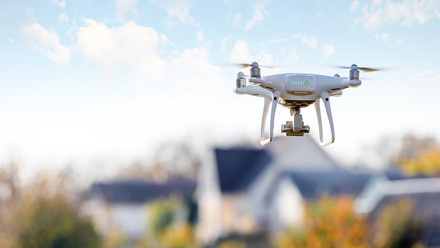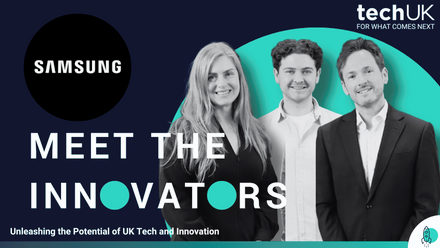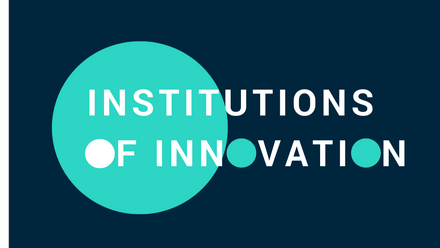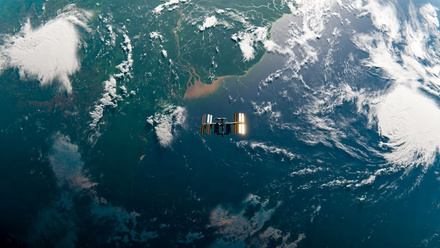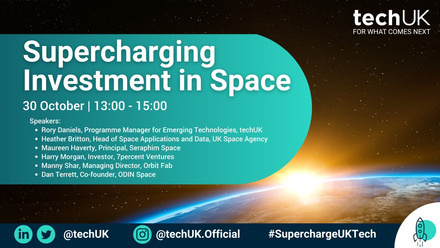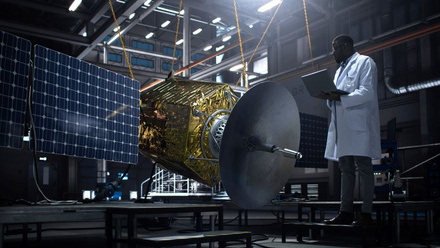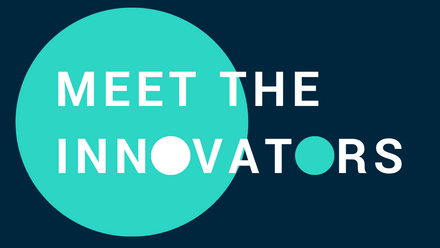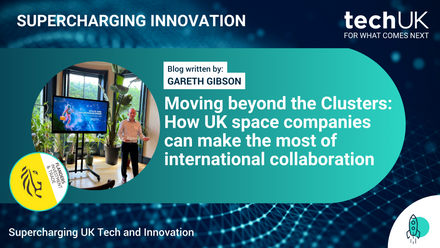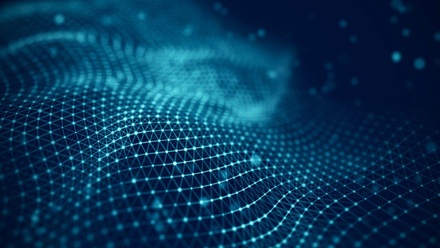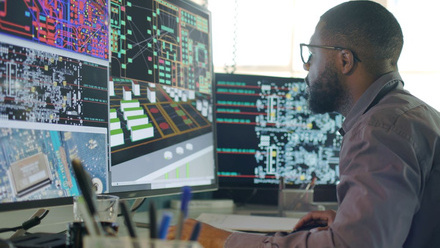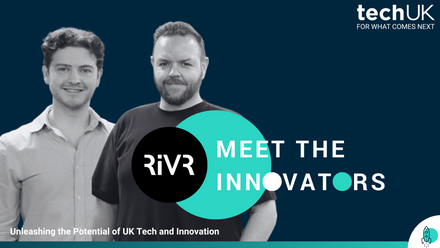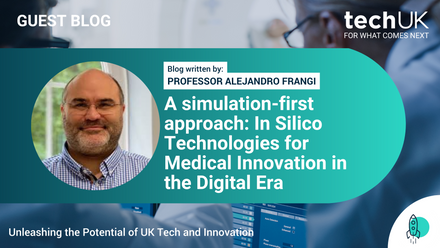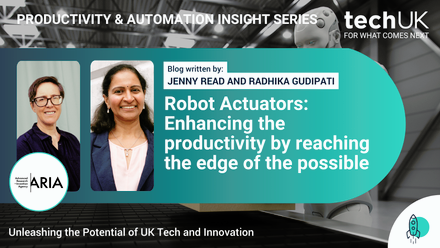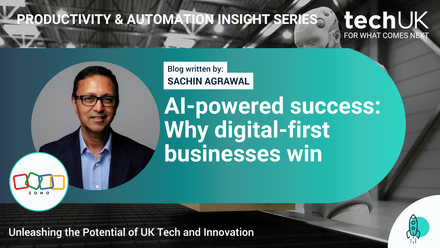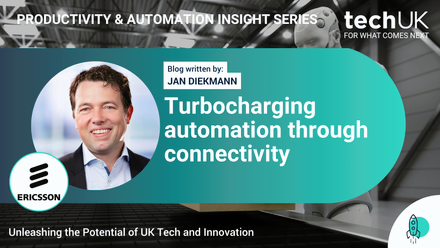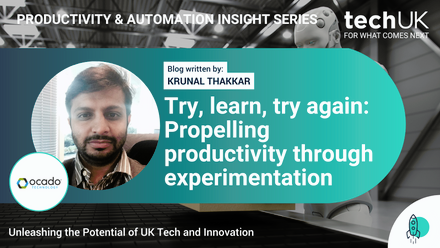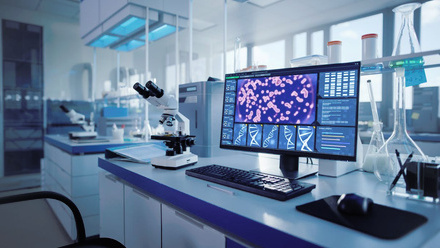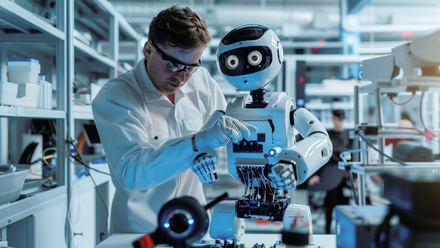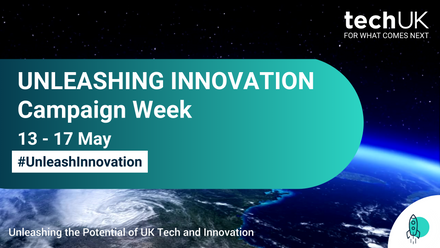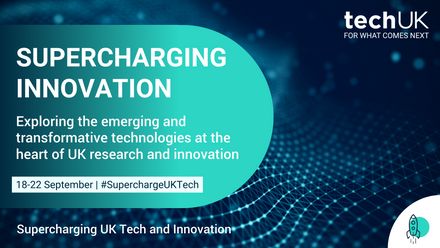How emerging space technologies are transforming agriculture on Earth
By Diego Durantini, Interdisciplinary Manager at Agri-TechE (full bio below)
Space is unique as it offers conditions that are hardly replicable on Earth. Near-vacuum, microgravity, and high-radiations create rich research and manufacturing environments that can only be achieved in space. And with uniqueness comes value: space-tech has the incredible potential to enable, scale and shape the technologies of tomorrow.
Nevertheless, technology is already in space: since the late 1950s, when Sputnik I was launched, humankind has taken advantage of space to better lives on Earth. And if Sputnik could be considered the grandparent of satellite technology, more than 8000 of its grandchildren are orbiting our planet as you are reading.
The results of decades of space-tech development have brought us technologies that, by now, are largely taken for granted. Think about GPS, powered by Low-Earth Orbit (LEO) satellites, or even telecommunication as radio signals that power satellite television, telephone, radio and internet.
While navigation and communication, along with defence, have constituted the first extensive uses of technology in space, Earth Observation (EO), satellite internet services and remote sensing are gaining prominence as applications for space-tech.
" In 2008, there were approximately 150 satellites with the purpose of conducting EO and remote sensing. Fast forward to 2023 and the total now stands at over 1000, with plenty more scheduled to join them. "
This surge of hardware in space is matched by a surge of applications on Earth: a phenomenon which promises to enhance a diverse array of industries. From monitoring offshore wind farms to tracking plant health on farms, satellite technologies are gaining prominence as an effective tool to confer a competitive advantage. And entrepreneurs are noticing.
While satellites have facilitated this explosion in interest surrounding EO and connectivity applications, the real enabler is the improvement in technology miniaturization and sensitivity, which has opened up new potential industries to satellite applications. In the last few years, a wide range of cutting-edge technologies have been deployed in space. Cameras, radar, LiDAR, and photometers provide us with high-resolution images that can tell us anything from plant health to net biodiversity gains, from soil water status to crop growth.
Together with the improvement in machine learning and AI, these technologies are spawning a flurry of applications that are poised to take several industries by storm from insurance, energy, and finance, to agri-tech and environmental monitoring. Remote sensing and EO deployment bring exponentially more value when the areas to monitor are vast and hard to access, as is the case with agricultural lands and forests. Hence, it is no surprise that the most innovative uses of space-tech are finding fertile ground in agriculture and environmental monitoring.
At Agri-TechE we are seeing an increase in our technology members using space-tech in their solutions, as well as our farmers and agronomists making use of the insights they provide. Whilst space-enabled technologies are no stranger to agriculture – GPS-guided auto-steer systems have been used for well over a decade – the lower cost of satellite tech, combined with faster and more accurate data processing, is making the industry take notice of the potential of space-tech.
One of the most comprehensive uses of satellite imaging is showcased by Agtelligence, an Agri-TechE member. This start-up combines LiDAR (a remote sensing technology that uses laser light) with hyperspectral data from a wide range of wavelengths to accurately measure the distance to objects on the ground and ultimately create detailed images of Earth's surface. This imagery enables Agtelligence to monitor and measure environmental metrics that capture soil health and biodiversity, as well as the anthropomorphic impact on land.
If it is true that businesses and organisations cannot manage what they cannot measure, Agtelligence is providing a tool to meet that need. As current industry trends point to farmers and downstream players in the agrifood supply chain needing to evidence their impact on the environment, the clever combination of technology in space and ingenuity on Earth will support them in the transition to a more sustainable food production. Agtelligence helps to manage the impact of agronomic and environmental actions and practices by giving confidence in the measurement of their outcomes over time.
Agtelligence’s ability to provide insight across the agrifood value chain would not be possible without the recent development in space technologies. This is also true for other agri-tech applications. Cameras can now identify crop stress early to prevent the impact on yields, measure and monitor grassland to optimise grazing and soil carbon storage, or peer through cloud coverage to remove the weather variable from the observation equation.
Farm connectivity, especially with the large amount of data produced by machinery, sensors, and IoT devices, is becoming crucial to extract real-time insights and increase automation on-farm. Satellite-driven connectivity is paramount to make these innovations mainstream.
Another company at the forefront of the space and agri-tech industries is OneWeb, a techUK member organisation. By providing reliable, low latency connectivity, OneWeb’s LEO satellites can facilitate the deployment of new digital technologies to even the most remote areas. These include AI, big data, IoT sensors and computer vision, all contributing to enhanced farming efficiencies through a wide range of new transformative applications – including, drone-based monitoring of agricultural sites to data analytics for crop yield optimisation and the increased automation of operations.
OneWeb states that:
“ by the end of the decade, enhanced connectivity in agriculture could potentially add more than $500 billion to global GDP, a critical productivity improvement of as much as 9% for the industry. ”
There is no doubt that space technologies are increasingly showing their revolutionising potential in agri-tech and climate-tech.
With the UK poised to play a foundational role in the advent of a space industrial revolution, as explored in techUK’s upcoming Industries of the Future: Space webinar on 20 September, our leadership in agricultural systems and technologies has never been more crucial. It is clear that the sector is quickly becoming the ideal entrepreneurial laboratory in which to combine emerging space technologies and a pioneering spirit.
The question is: are there limits to what we can achieve as a result?
techUK – Unleashing UK Tech and Innovation
The UK is home to emerging technologies that have the power to revolutionise entire industries. From quantum to semiconductors; from gaming to the New Space Economy, they all have the unique opportunity to help prepare for what comes next.
techUK members lead the development of these technologies. Together we are working with Government and other stakeholders to address tech innovation priorities and build an innovation ecosystem that will benefit people, society, economy and the planet - and unleash the UK as a global leader in tech and innovation.
For more information, or to get in touch, please visit our Innovation Hub and click ‘contact us’.
Latest news and insights
Other forms of content
Sprint Campaigns
techUK's sprint campaigns explore how emerging and transformative technologies are developed, applied and commercialised across the UK's innovation ecosystem.
Activity includes workshops, roundtables, panel discussions, networking sessions, Summits, and flagship reports (setting out recommendations for Government and industry).
Each campaign runs for 4-6 months and features regular collaborations with programmes across techUK.
techUK's latest sprint campaign is on Robotics & Automation technologies. Find out how to get involved by clicking here.
Running from September to December 2023, this sprint campaign explored how the UK can lead on the development, application and commercialisation of space technologies, bring more non-space companies into the sector, and ultimately realise the benefits of the New Space Economy.
These technologies include AI, quantum, lasers, robotics & automation, advanced propulsion and materials, and semiconductors.
Activity has taken the form of roundtables, panel discussions, networking sessions, Summits, thought leadership pieces, policy recommendations, and a report. The report, containing member case studies and policy recommendations, was launched in March 2024 at Satellite Applications Catapult's Harwell campus.
Get in touch below to find out more about techUK's ongoing work in this area.
Event round-ups
Report
Insights
Get in touch
Running from January to May 2024, this sprint campaign explored how the UK can lead on the development, application and commercialisation of the technologies set to underpin the Gaming & Esports sector of the future.
These include AI, augmented / virtual / mixed / extended reality, haptics, cloud & edge computing, semiconductors, and advanced connectivity (5/6G).
Activity took the form of roundtables, panel discussions, networking sessions, Summits, and thought leadership pieces. A report featuring member case studies and policy recommendations was launched at The National Videogame Museum in November 2024.
Get in touch below to find out more about techUK's future plans in this space.
Report
Event round-ups
Insights
Get in touch
Running from July to December 2024, this sprint campaign explored how the UK can lead on the development, application and commercialisation of web3 and immersive technologies.
These include blockchain, smart contracts, digital assets, augmented / virtual / mixed / extended reality, spatial computing, haptics and holograms.
Activity took the form of roundtables, workshops, panel discussions, networking sessions, tech demos, Summits, thought leadership pieces, policy recommendations, and a report (to be launched in 2025).
Get in touch below to find out more about techUK's future plans in this space.
Event round-ups
Insights
Get in touch
Running from February to June 2025, this sprint campaign is exploring how the UK can lead on the development, application and commercialisation of robotic & automation technologies.
These include autonomous vehicles, drones, humanoids, and applications across industry & manufacturing, defence, transport & mobility, logistics, and more.
Activity is taking the form of roundtables, workshops, panel discussions, networking sessions, tech demos, Summits, thought leadership pieces, policy recommendations, and a report (to be launched in Q4 2025).
Get in touch below to get involved or find out more about techUK's future plans in this space.
Upcoming events
Insights
Event round-ups
Get in touch
Campaign Weeks
Our annual Campaign Weeks enable techUK members to explore how the UK can lead on the development and application of emerging and transformative technologies.
Members do this by contributing blogs or vlogs, speaking at events, and highlighting examples of best practice within the UK's tech sector.








